Nestled in the heart of Kenya’s Aberdare National Park, Treetops Hotel stands as an iconic wildlife haven, offering visitors an unparalleled opportunity to observe animals in their natural habitat. Among its many unique features, the hotel’s strategic location near watering holes provides an extraordinary vantage point for monitoring wildlife behavior, particularly during the critical hours of dawn and dusk when animals gather to drink. This natural spectacle has not only captivated tourists but also contributed to ongoing conservation efforts by providing valuable insights into animal movements, hydration patterns, and ecosystem health.
The watering holes near Treetops Hotel serve as vital lifelines for the park’s diverse fauna. Elephants, buffalos, antelopes, and even elusive leopards frequent these spots, creating a dynamic and ever-changing tableau of wildlife interactions. The hotel’s elevated design allows guests to witness these scenes without disturbing the animals, fostering a rare harmony between human presence and nature. Over the years, this setup has inadvertently turned Treetops into an informal research hub, where both tourists and researchers can document animal behavior in real time.
One of the most striking observations made at Treetops is the clear hierarchy that governs access to water. Larger mammals like elephants and buffalos often dominate the watering holes, while smaller species wait cautiously at the periphery. This behavior underscores the delicate balance of power within the animal kingdom and highlights the importance of water as a contested resource. During dry seasons, these dynamics become even more pronounced, with heightened competition and occasional conflicts offering a glimpse into the challenges wildlife face in arid conditions.
The hotel’s staff and guides play a crucial role in documenting these interactions. Many have spent years observing the same animals return to the watering holes, enabling them to identify individual creatures and track their habits over time. This long-term monitoring has revealed fascinating patterns, such as the timing of visits, group compositions, and even the influence of lunar cycles on animal activity. Such details are not only intriguing for guests but also provide informal yet valuable data for conservationists studying the park’s ecology.
Climate change has added a new layer of complexity to the watering hole dynamics at Aberdare National Park. Prolonged droughts and erratic rainfall have made water sources scarcer, forcing animals to alter their traditional routes and behaviors. At Treetops, these shifts are visible in the increasing frequency of visits by species that once relied on more distant water sources. The hotel’s logs, which date back decades, offer a stark comparison between past and present, serving as a poignant reminder of the environmental changes unfolding across Kenya’s wilderness.
Beyond its scientific value, the animal watering hole at Treetops Hotel has become a powerful tool for raising awareness about conservation. Visitors who witness these intimate moments often leave with a deeper appreciation for wildlife and the challenges it faces. The hotel capitalizes on this by offering educational talks and guided tours that emphasize the importance of preserving natural water sources and mitigating human impact on ecosystems. For many guests, the experience transcends tourism, evolving into a personal connection with the natural world.
The future of Treetops Hotel and its unique wildlife monitoring role remains intertwined with broader conservation efforts in Kenya. As the country grapples with habitat loss, climate change, and poaching, places like Treetops serve as both sanctuaries and sentinels, offering a window into the health of the ecosystem. By continuing to blend hospitality with environmental stewardship, the hotel sets an example for sustainable tourism—one where humans don’t just observe nature but actively participate in its preservation.
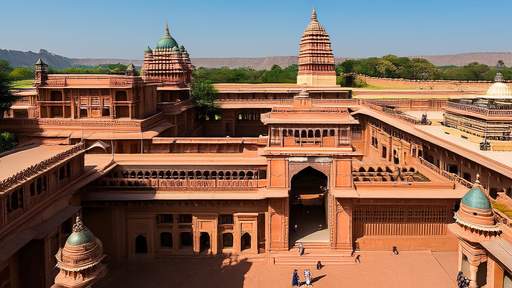
By /Jun 5, 2025

By /Jun 5, 2025
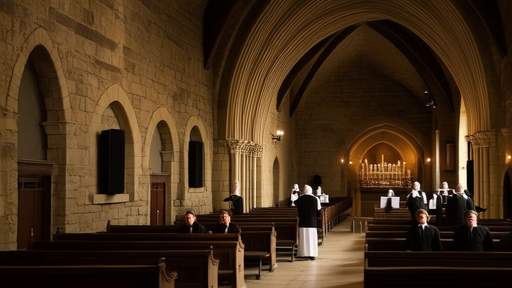
By /Jun 5, 2025
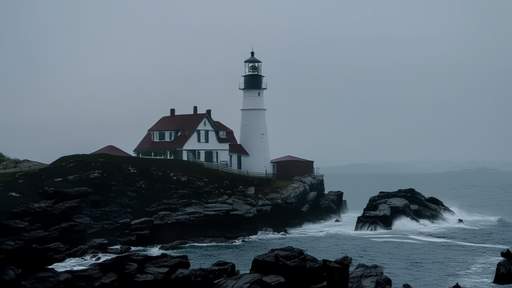
By /Jun 5, 2025
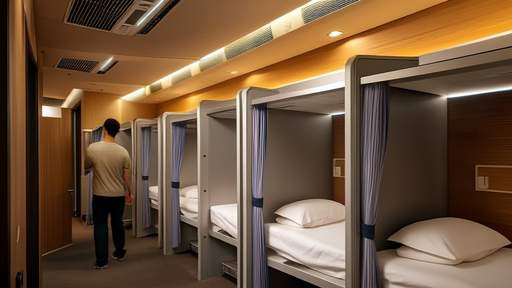
By /Jun 5, 2025
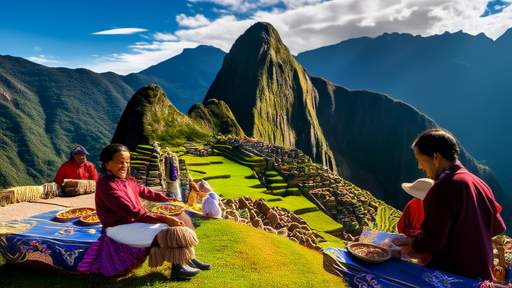
By /Jun 5, 2025
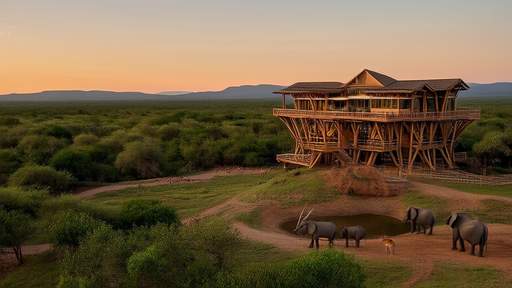
By /Jun 5, 2025
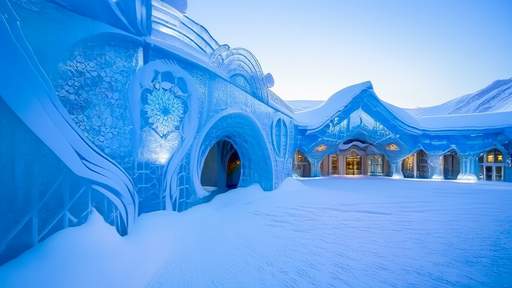
By /Jun 5, 2025

By /Jun 5, 2025
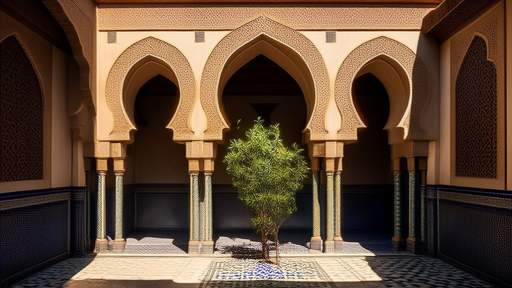
By /Jun 5, 2025
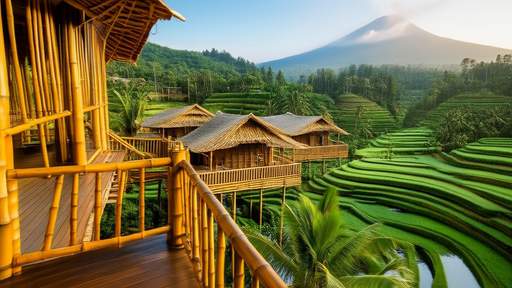
By /Jun 5, 2025
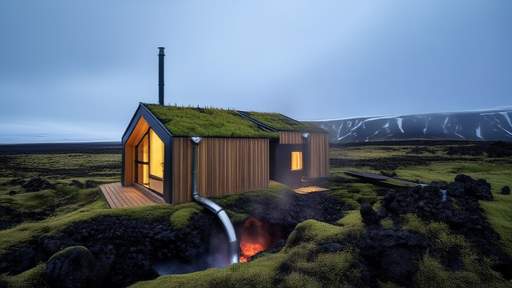
By /Jun 5, 2025
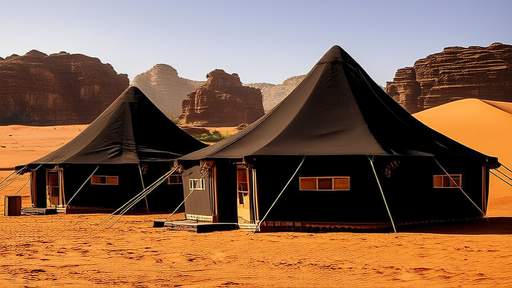
By /Jun 5, 2025
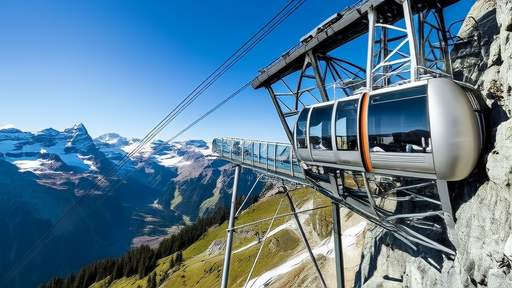
By /Jun 5, 2025
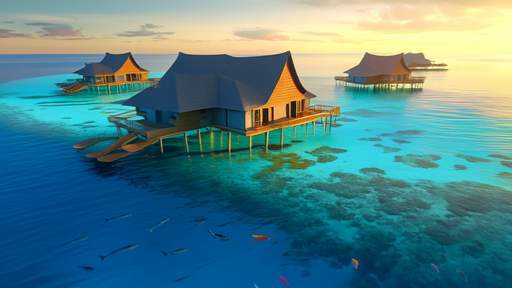
By /Jun 5, 2025
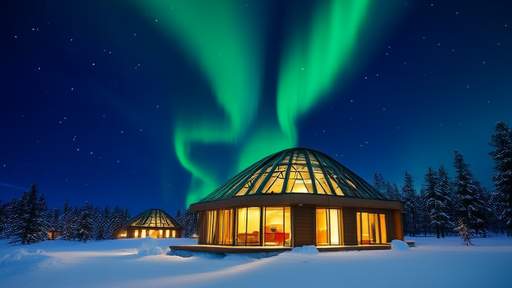
By /Jun 5, 2025
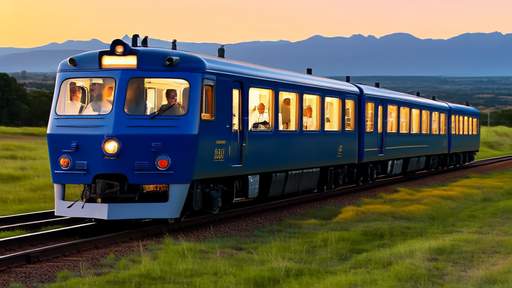
By /Jun 5, 2025

By /Jun 5, 2025

By /Jun 5, 2025
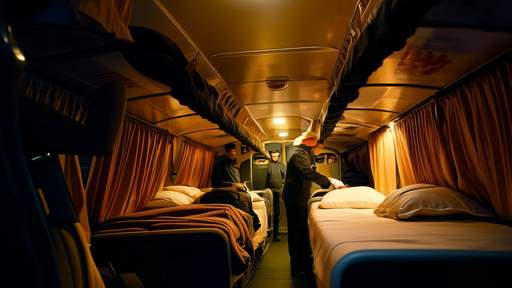
By /Jun 5, 2025